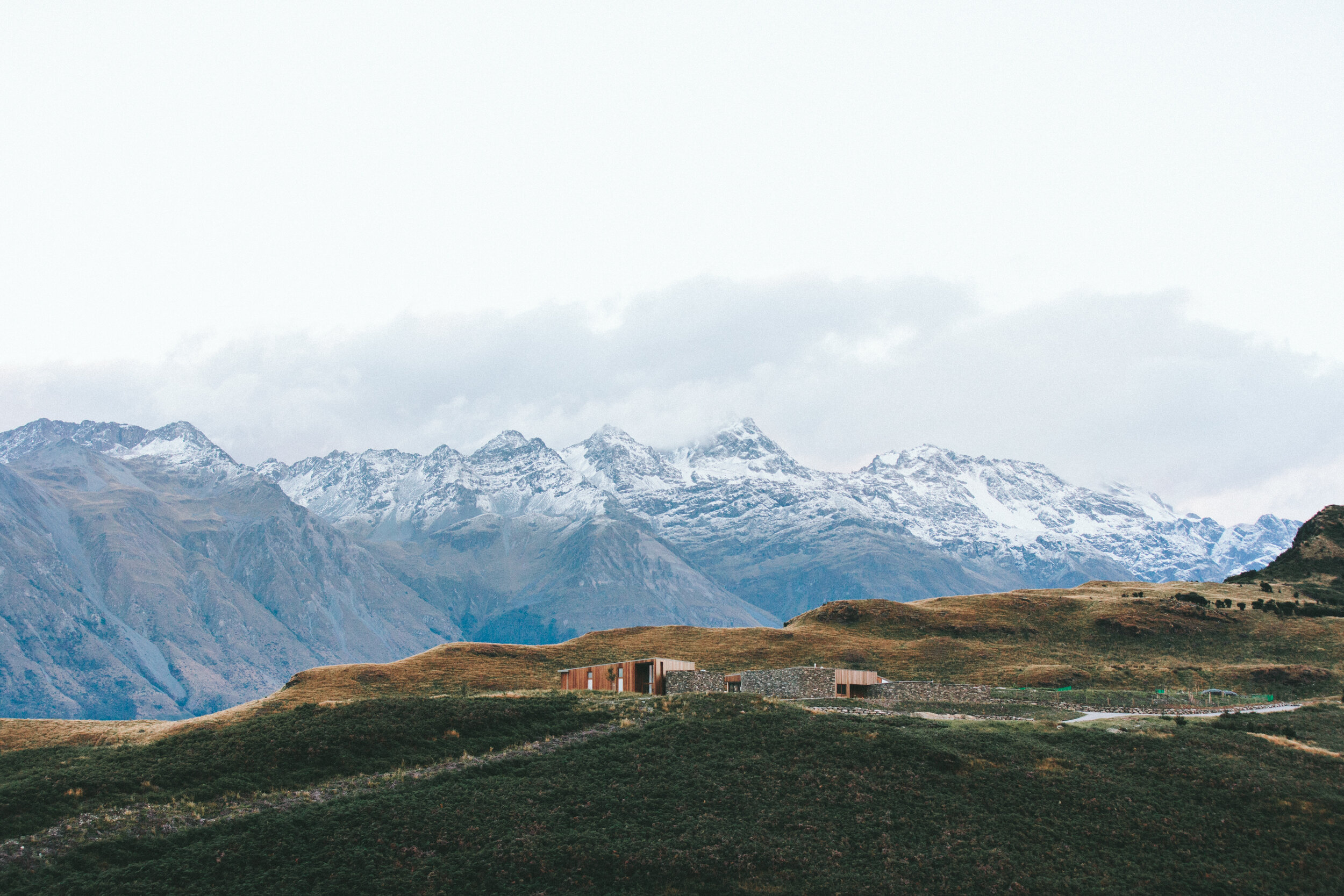
How to Build a Rain Garden
Building a rain garden is one of the easiest and most cost efficient things we can do to manage wet weather and reduce our contribution to stormwater pollution.
By capturing rainwater from roofs, driveways and sidewalks and diverting it into rain gardens, the water is able to slowly soak into the ground, filter contaminants and keep quantities of stormwater from going down the storm drain, where it does not get treated! Rain gardens put water in its rightful place...in the ground!
A rain garden can mimic the natural absorption and pollutant removal activities of a forest, meadow or prairie and can absorb runoff more efficiently, sometimes as much as 30% - 40% more than a standard lawn. Capturing rainwater in a rain garden, holding the water for a short time and then slowly releasing it into the soil can reduce the rush of a large storm – quickly, neatly and naturally.
Rain gardens are one very good option that helps to lower the impact of impervious surfaces (a surface that water cannot move through) and polluted runoff because they are low-tech, inexpensive, sustainable and esthetically beautiful.
